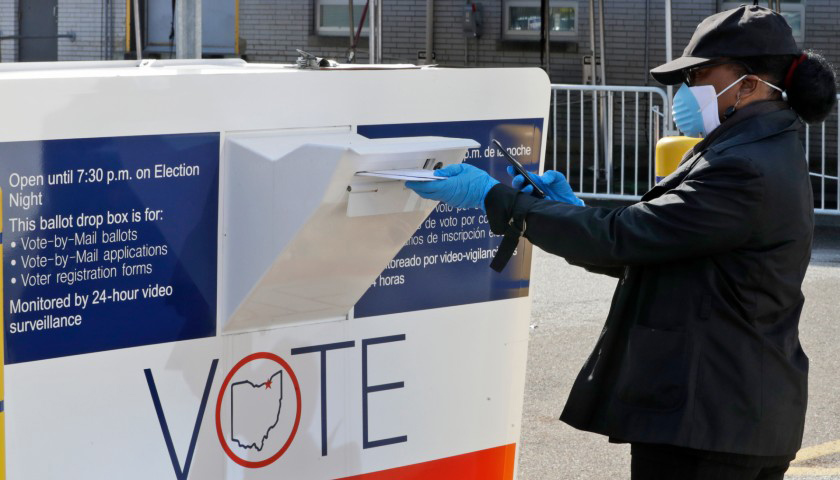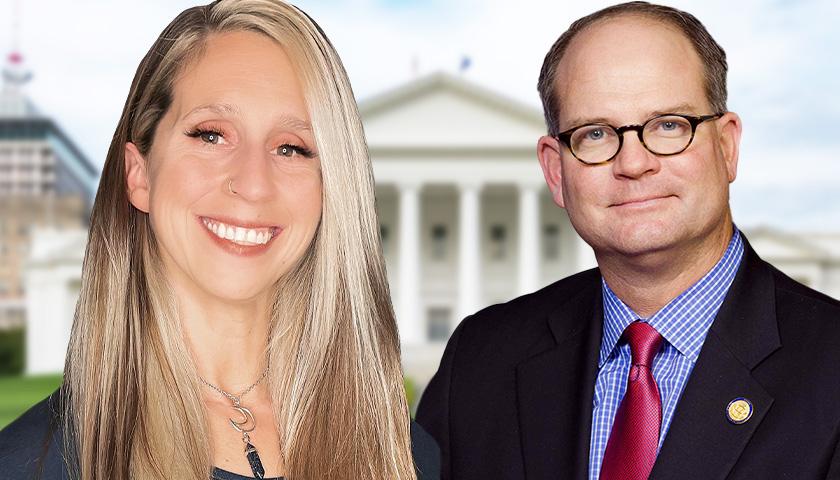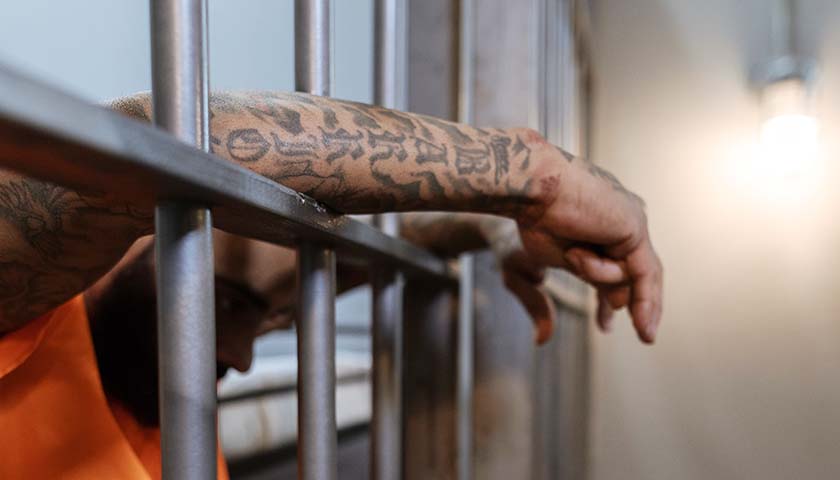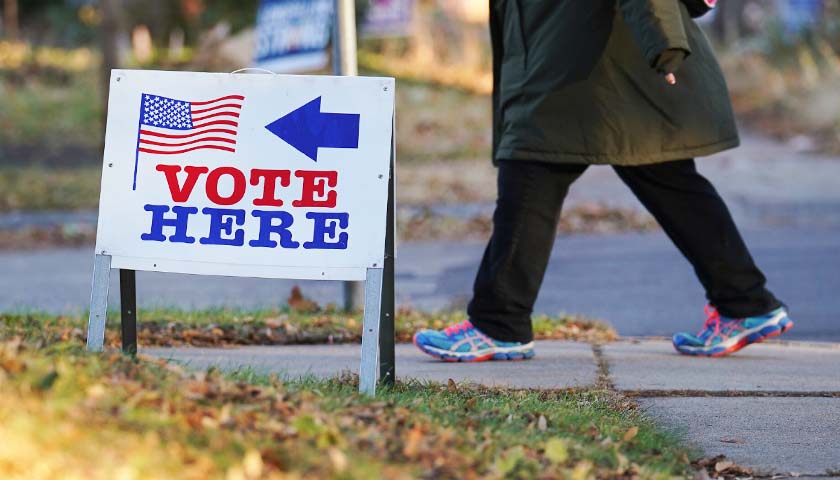by Douglas Kronaizl
The percentage of state legislative seats being contested by both major parties in 2021 is higher than at any point in the past decade, according to a Ballotpedia analysis of candidate filings. Of the 220 seats up for election in New Jersey and Virginia, 93% are set to feature a Democrat versus a Republican on the general election ballot this November. Of the remaining 15 seats, 10 will likely be won by Democrats since they have no Republican competitors and five will likely be won by Republicans.
This is the first state legislative election cycle since at least 2010 where more than 90% of state legislative seats up for election nationwide were contested by both major parties. This increase in major party competition was largely driven by an increased level of competitiveness in the Virginia House of Delegates over the past decade.
In 2011, less than half of the seats in the chamber were contested by both major parties. In 2021, 93% of seats featured major party competition, an increase of 52 percentage points over the decade. The chamber began trending more competitive in 2017 when Democrats contested 57% more seats than they had in 2015. Both parties continued to increase their numbers of contested seats in 2019 and 2021.
By comparison, state legislative elections in New Jersey have tended to feature higher levels of major party competition throughout the decade. At least 90% of seats have been contested by both major parties in each election cycle from 2011 to 2021 in both the Senate and General Assembly.
In the Senate, which saw its decade-high number of uncontested seats in 2021, the rate of major party competition remained above 92%.
In the General Assembly, Democrats have contested every seat since 2017. The highest number of uncontested seats in the chamber came in 2015 when eight seats, or 10%, were effectively guaranteed to one of the two major parties.
Major party competition refers to the percentage of state legislative seats where voters have the ability to choose between one of the two major parties: Democrats or Republicans. These figures are subject to change ahead of the November general elections as candidates of either party may still drop out. Ballotpedia will continue to provide updates throughout the election cycle.
Major party competition is one component of Ballotpedia’s annual state legislative competitiveness study, which also includes analyses of incumbents in contested primaries and open seats.
– – –
Douglas Kronaizl is a contributor to The Center Square.





